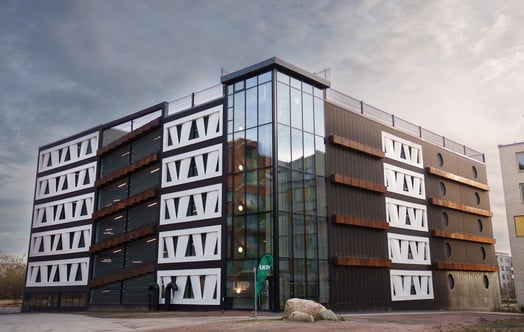
The web of deceit: How false narratives threaten climate action
To tackle climate change, arguably the greatest challenge of our time, is not only a battle against rising temperatures and extreme weather events, but also against the shadowy adversary of false narratives. From fabricated claims to distorted truths – deceit and outright lies undermine efforts to fight global warming and replace fossil fuels.
While climate misinformation and disinformation are not new, the emergence of generative artificial intelligence, exemplified by platforms like ChatGPT, has played a pivotal role.
On top of that, the proliferation of fake videos and manipulated speech using deepfake technologies accelerates the spread of climate falsehoods.

"Artificial intelligence is fundamentally changing how we create, disseminate and consume information," says Syed Nazakat, Founder and CEO, DataLEADS, a New Delhi, India-based, tech and digital media company that promotes open data and democratisation of information. "AI systems are also being easily (mis-)used by malicious actors that seek to deceive people, influence public discourse and sow the seeds of doubt in climate science."
In a recent report, Stockholm University’s Stockholm Resilience Centre states that artificial intelligence has the potential to create “a perfect storm of climate misinformation”.
The internet, already rife with unscientific claims – amplified by social media companies’ algorithms – has become a breeding ground for climate misinformation, further boosted by that AI-generated content. And the players using disinformation and misinformation to slow down climate progress are quick to catch up with the latest trends and tools.
The European Digital Media Observatory’s (EDMO) fact-checking network has uncovered a surge in false claims associating wind farms with harm to animals and the environment. From baseless claims about whales going “crazy” because of wind farms made by former U.S. president Donald Trump to false allegations of plastic pollution, these narratives prey on public concerns and exploit emotional responses.
This emergence of the "New Denial" reflects a shift in climate disinformation tactics. Instead of outright denial of global warming, spreaders of falsehoods now focus on undermining the effectiveness of solutions and attacking climate scientists and activists.
One of the most resourceful players in spreading climate misinformation and disinformation is oil and gas producers. Despite overwhelming scientific evidence linking fossil fuels to catastrophic climate change, these actors continue to propagate false narratives.
“There are a lot of interest groups and actors who propagate climate change resistance. Misinformation is used in conjunction with other methods to negatively affect policy adoption. They connect climate change to other lightning-rod issues to generate emotional, irrational responses that drive online engagement. The fossil fuel industry is one of the key players in spreading climate misinformation,” says Syed Nazakat.
In the U.S., the state of California is suing oil giants for, starting in the 1950s, intentionally downplaying risks posed by fossil fuels and actively pushing out disinformation.
Recent studies highlight the evolving patterns of climate misinformation, adapting to changes in technology and political dynamics. The World Economic Forum’s Global Risks Report 2024 ranks misinformation and disinformation as the biggest short-term risks to human society, while extreme weather events are identified as the biggest long-term risk.
Disinformation and misinformation threaten the fight against climate change. But how do we best deal with these issues? Join our 24 September digital conference on the topic “Can climate communication overcome the bad news problem?” where Syed Nazakat will be one of the speakers.
The image on top of the page is AI-generated. Image credit: Adobe Stock and yaqui_villegas




